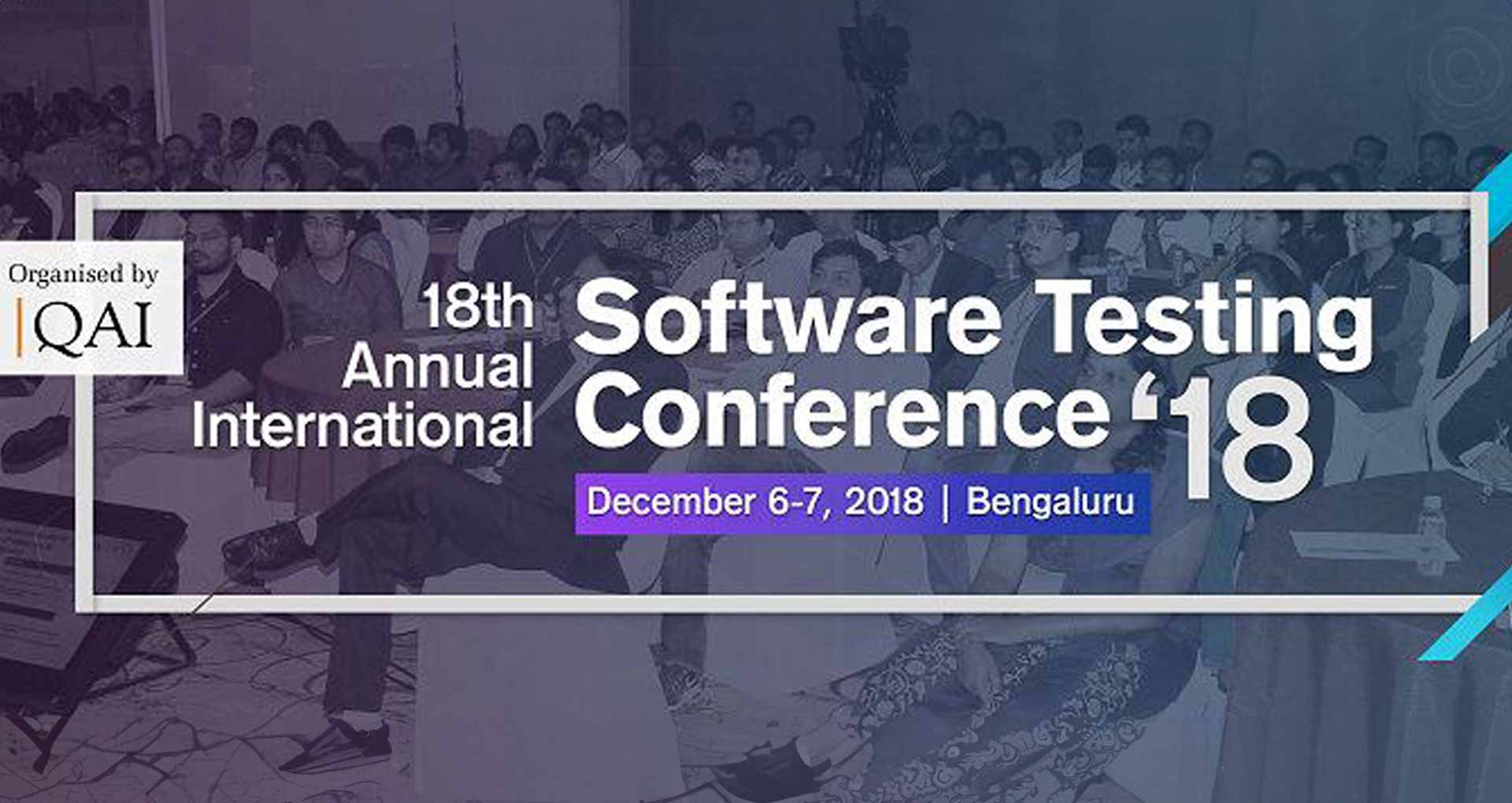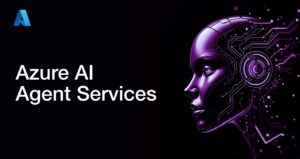Today, software development processes have become more agile. What matters now is a quicker time to release made possible with DevOps. Testing is a critical component of all the release cycles today. And, the integration of automated testing. It entails the transformation of almost everything from building a culture to providing workflow efficiency with the right testing focus and processes to tools & technologies.
And, one of the most compelling features of a continuous integration/continuous delivery (CI/CD) solution (popularly known as DevOps pipeline) is that it offers the opportunity to test more frequently without burdening developers or operators with more manual work.
Through this article, we’ll explore the importance of the CI/CD pipeline in automation testing with actionable tips on how to implement QA by considering the “The 5Ws” – who, what, when, where, and even why across all aspects of testing. What’s working, what needs to change immediately, and what are the challenges and opportunities that lie ahead? It enables organizations to:
- Improve code quality
- Increase release and delivery speed
- Reduce IT costs
If you’re someone who is in pursuit of exploring the essentials of CI/CD pipeline in automation testing, then this blog is for you. It will help to keep your business at par with the competition.
What does the CI/CD Pipeline do?
Test automation focuses on continuously detecting bugs as early and quickly as possible in the software development process. It automates the delivery process. And, the pipeline builds code, runs tests via continuous integration, and delivers an updated version of the software through continuous delivery techniques. And, automated pipelines help prevent manual errors, standardize development feedback loops, and enable speedy product iterations.
Why Manual Testing Fails & the Need of Automation
- One of the major drawbacks of manual testing is the delay with each iteration. The slower feedback loops result in slower changes that start accruing and delay the deployment cycle.
- It fails to keep up with the dynamic requirements to run multiple tests depending on the objective of test suites. It makes the software development method sluggish by multiple folds.
- The testing cycle calls for managing different environments to test the functionality. This requires the QA team to manually build, identify, upgrade and tear down with multiple permutations and combinations.
Role of Test Automation in a CI/CD Pipeline
CI enables software development teams to change the code for bug fixing or address the business needs; that get tested simultaneously. On the other hand, CD allows users to get the latest versions of the software or application at the earliest.CI/CD pipeline’s end objective is to ensure you have a smooth, uninterrupted flow of application releases and updates. It is along with lowering the expenses and minimum or no risk related to development & deployment.
Creation of QAOps
QAOps A.K.A DevTestOps is an extensive approach that brings together developers, QA testers, and operations engineers by incorporating CT with a DevOps approach. It helps increase the direct communication flow between testers and development teams by integrating software testing into the CI/CD pipeline.
This helps examine quality across every software development aspect. Interestingly, this step ensures that software moves into the production phase within the CI/CD pipeline without any delays or quality issues.
Early & Efficient Bug Detection
The use of the right tools enables easy identification and fixing of issues in real-time. They speed up the app development & deployment while minimizing the errors that can occur due to manual testing.
Easier Handling of Minor Changes
Our QA (Quality Assurance) team blends both manual and automated testing to assess a significant change in the software application.
When it comes to minor tweaks or upgrades, automation eliminates the tedium of manual testing. It ensures a steady flow of updates with thorough yet easy testing.
Faster Test Execution
Speed is the key to the continuous delivery process. The parallel execution of automated tests generates quick results and shortens the software testing lifecycle’s overall duration. And, since QA is a shared responsibility between development and operations, we enable the creation of DevOps-centric teams & environments.
This helps all groups to collaborate better throughout the development cycle while discovering newer ways to automate the testing process.
Consistency & Agility
We enable eradicating the quality and security anomalies on the go through our consistent test planning and execution approach.
Best Practices for Setting Up Test Automation in CI/CD Pipeline
Identify and Classify Tests
Automating every test case might not be feasible in some scenarios as some tests work well with the manual process only. Categorize the cases by automation and manual testing requirements. Test cases that are in high frequency and require a special skillset are ideal for automation.
Set up Multiple Tests in Parallel
Running multiple tests in parallel shortens the start-to-end runtime of a test suite and achieves maximum coverage with reduced execution time. This method helps test different modules or apps on numerous platforms and browsers in parallel rather than one by one.
Right Set of CI/CD Tools
The right tooling plays a vital role in the automation journey. Typically, it should suffice your overall project requirements and support the frameworks, platforms, and technologies that you require. It can be confusing to identify the right ones that you require from the diverse range of CI/CD tools. Look for a trusted tech partner to help you choose effective automation tools to avoid deviation in the software product development cycle.
One-click Code Migration
Migrating code changes between environments manually is a tedious task that consumes a lot of time and effort. A thoroughly architected CI/CD pipeline should have a single-click migration feature that lessens conflicts between different operations. Pushing product development through a click is a great way to aim to optimize the overall process.
Execute Smaller Tests Cases First
It is necessary to prioritize different test cases (lightweight and heavyweight) in a systematic approach. As a best practice of CI/CD, it is wise to execute simple test cases first as they can run faster and then go for long & complex ones. This helps ensure individual test case coverage and performance following functionality testing in an isolated manner.
Document Every Aspect of CI/CD Pipeline
Project requirements often change or evolve during the process of project execution. Standardizing and documenting certain processes such as particular frameworks, techniques used, gaps identified, best practices, and more about earlier cases while defining test automation strategy helps streamline and enhance future processes.
Enable Smoke Tests
Smoke tests act as a preliminary check of the software to verify whether the core functionalities and features of the new build are working appropriately. It performs rapid regression testing of major functionalities and justifies if the product is ready for further evaluation.
Integrating Automated Tests into Your CI/CD Pipeline – Why Choose Rishabh
The software testing landscape continues to evolve where organizations battle common challenges of continuous testing. Challenges related to requirements ambiguity, orchestration, scalability, complexity, and more are never-ending. And, with a lack of appropriate tools for optimizing the testing process and the unavailability of test environments due to parallel integration, the delivery can render a CI/CD & CT(Continuous Testing) pipeline ineffective.
The first step to leverage a CI/CD pipeline is to enhance the process efficiency & effectiveness by selecting the right tools and approaches. Automated testing is the answer to these challenges and has become a norm in today’s software development processes covering continuous integration and delivery pipeline. If you wish to learn about the full benefits of a testing strategy, best practices & tools to deliver high-quality software, read this.
As a reliable software testing and QA services provider, we deliver a full-cycle continuous release & deployment framework. We follow the new-age DevOps approach to accelerate the overall development process and meet the needs of tomorrow.
Rishabh integrates automated software testing with deployment and operations to improve code quality. This helps accelerate application into production, improve resource efficiency and utilization to streamline the CI/CD pipeline. Our team leverages the latest automation & DevOps tools like Jenkins, Jira, GitLab, and more as per the project needs. This helps deliver top-notch user experiences while improving process efficiency.











 30 Min
30 Min


